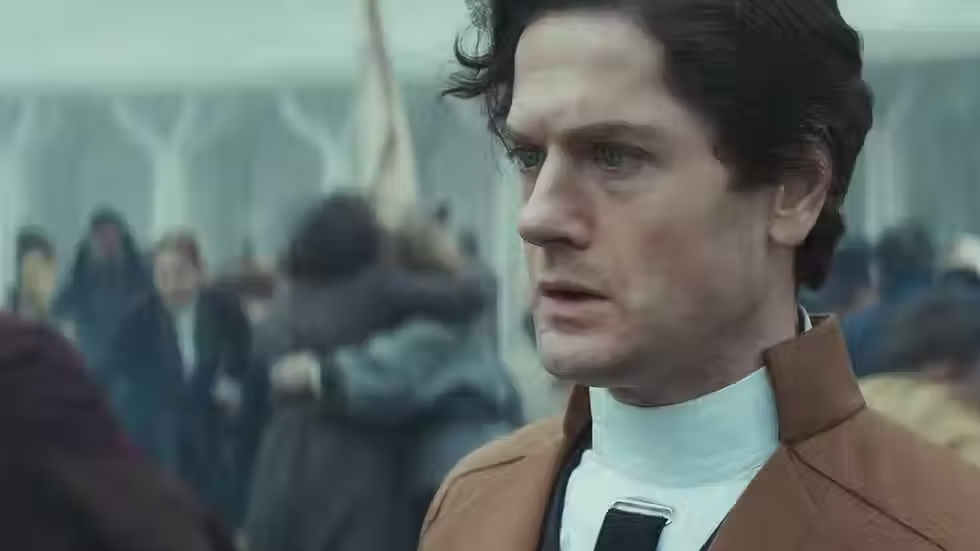Review: The Disaster Artist
- ogradyfilm
- Dec 4, 2018
- 2 min read

In my humble opinion, Greg Sestero’s The Disaster Artist: My Life Inside The Room, the Greatest Bad Movie Ever Made, is the best behind-the-scenes story ever told, by turns hilarious, heartwarming, and horrifying, but always intimately, disturbingly real. In adapting the novel for the big screen, James Franco and his collaborators obviously had to condense events and consolidate characters, consequently omitting some of my favorite anecdotes… and I’m okay with that, because they managed to preserve the essence of the tale: the unlikely relationship between our naive, baby-faced protagonist and the enigmatic, visionary, and soon-to-be legendary Tommy Wiseau.
True to the text, Franco portrays Wiseau as a tragic figure, rather than a comedic one. Unlike, say, Ed Wood, John Waters, or the lesser-known Coleman Francis, who were charismatic and audacious enough to win the loyalty of likeminded weirdos, Tommy’s stubbornness and overinflated ego alienate his crew. He demands emotional honesty from his actors, but refuses to reciprocate, self-consciously evading questions about his country of origin, his age, and the source of his considerable income. Early on, he invites Greg to visit his imaginary planet, where everybody loves each other and nobody betrays anybody, but when the younger man falls short of his idealized standards, he hurls him violently back to Earth. In many ways, Tommy closely resembles Johnny, the role he plays in the film-within-the-film: he’s seduced by a femme fatale—the Hollywood dream, in this case—and in the end, the cruel mistress very nearly tears him apart.

Fortunately, The Disaster Artist ultimately depicts the creative process in a more favorable, optimistic light. Witnessing the precise moment that Wiseau’s passion project transforms from an utter embarrassment into a beloved cult classic is absolutely magical. But even before that, there’s a beautiful scene in which an elderly actress (who has just recovered consciousness after suffering a heatstroke mid-take) explains why she continues to endure the miserable conditions of the production: “The worst day on a movie set is better than the best day anywhere else.”
Take it from someone with firsthand experience: truer words have never been spoken.
[Originally written December 10, 2017.]





Comments